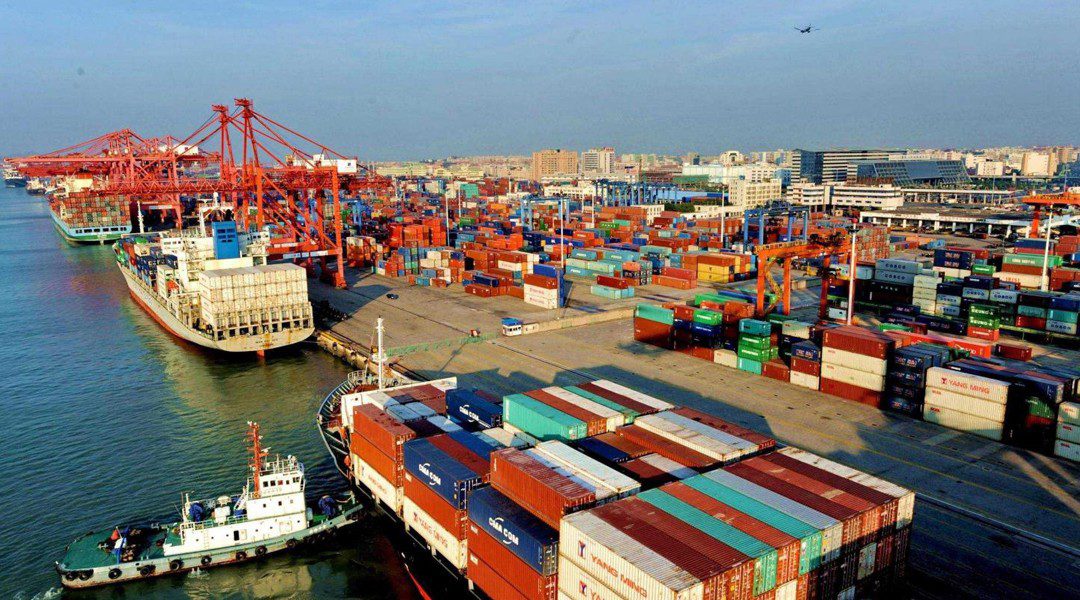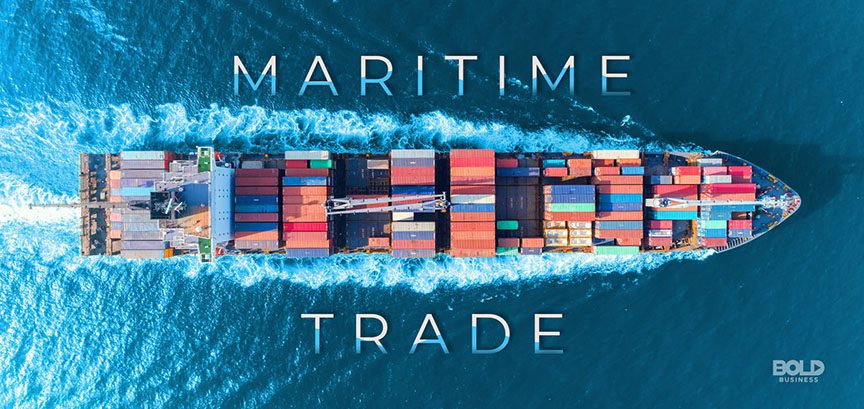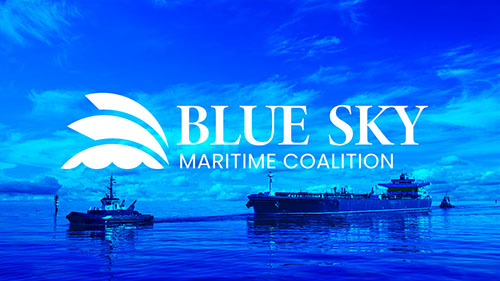Port of Antwerp’s total freight throughput amounted to 58.3 million tons in the first quarter, a decrease of 1.5% compared to the same period last year. On the eve of the merger with the port of Zeebrugge, these quarterly figures confirm the importance of jointly responding to the current challenges and further strengthening the position in the international logistics chain. The decline in the container segment, which is partly due to capacity problems, also underlines the urgency for additional container capacity.
Global congestion in the logistics chain puts pressure on container segment
Despite difficult circumstances, the container segment held up in 2021. In the first quarter of 2022, however, container traffic is down by 11.6% in TEU compared to Q1 2021, the second best quarter ever for containers.
Disrupted container liner shipping, delays and high import call sizes (number of containers unloaded by ships) create ongoing operational challenges, making the operation of container terminals more difficult. In addition, the Russia-Ukraine conflict and the imposed sanctions also put pressure on the number of containers handled.
Conventional general cargo: continued growth
Conventional general cargo grew by 49.1% compared to the weak first quarter of 2021. Steel, the most important group of goods in this segment, is holding up well on the outbound side. The sanctions that have banned the import of steel from Russia and Belarus since mid-March have only a limited effect on throughput. After all, these flows are replaced by imports from other countries because the EU has redistributed the import quotas for steel from Russia and Belarus among other steel exporting countries.
RoRo: disruptions from new vehicle production
RoRo showed slight growth (+2.4%), but since the strong last quarter of 2021 there has been a significant drop in tonnage. The problems in the production of new vehicles still weigh on throughput volumes.
Increase in dry and liquid bulk
After a strong 2021 in which Q1 was one of the best quarters ever, fertilizer throughput is down (-19.6%), partly due to sanctions against Russia but also to sharply increased prices . Thanks to the increase in the throughput of ores, coal and especially grains, the dry bulk segment grew by 11 % compared to the same period last year. Liquid bulk also shows an increase (+15.3%) compared to the first quarter of 2021 with a growth of 16.6% in petroleum derivatives. Chemical throughput remains strong, also growing at 16.6%, despite the challenges of high feedstock prices. Striking within this segment was the doubling of biofuels.
Figures confirm the importance of the merger and additional container capacity
These quarterly figures will be announced on the eve of the merger with Port of Zeebrugge. Compared to the first quarter of 2021, all cargo types, except containers, show growth.
Jacques Vandermeiren, CEO Port of Antwerp: “The ongoing challenges in the logistics chain are reflected in the figures. These are the latest figures that we will announce as Port of Antwerp and they confirm that we are stronger for the future with the merger. Together with Zeebrugge, we have the opportunity to further strengthen our position in the international logistics chain in the current complex geopolitical and macroeconomic context.”
Annick De Ridder, port alderman: “The economic urgency for additional container capacity is demonstrated once again and, above all, more than ever by these declining figures and by the congestion problems. Extra container capacity is indispensable to ensure our position as a world port. Thanks to the recent positive outcome of the negotiations surrounding the ECA project, we have already taken an extremely important step. The unified port will thus be able to continue to face international competition and continue to grow sustainably as the engine of the Flemish economy.”
Antwerp sees strong dry bulk growth





